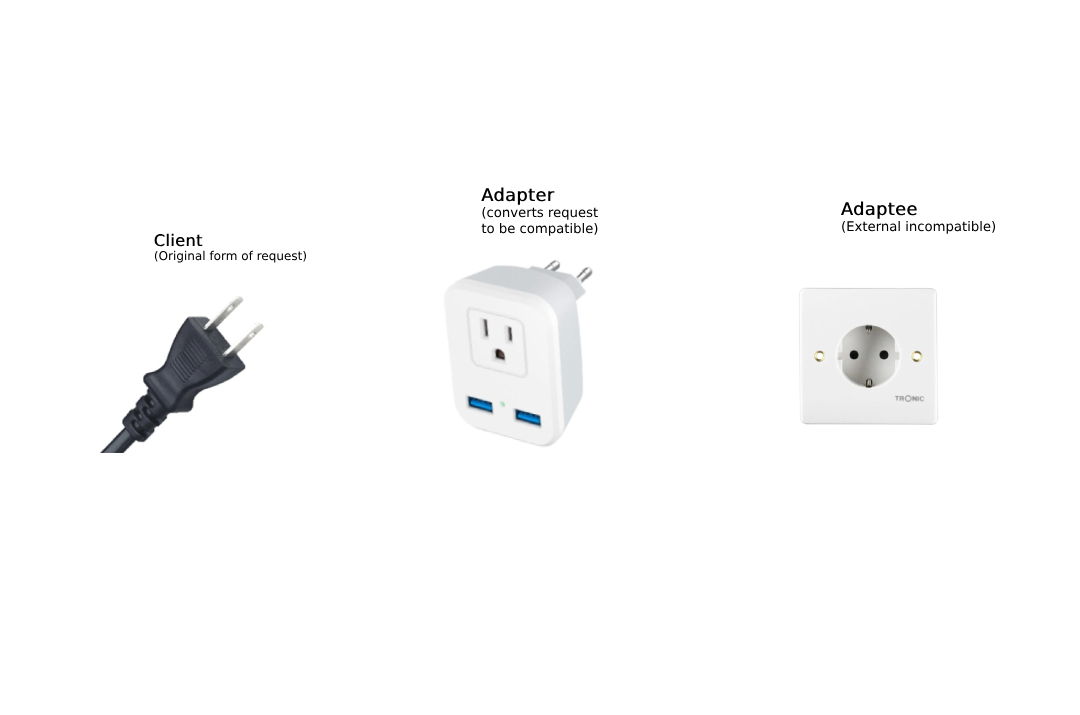 In the world of web development, Angular has emerged as one of the most popular frameworks for building dynamic and robust single-page applications (SPAs). As projects grow in complexity, developers often find themselves dealing with various data structures and APIs. This is where design patterns come to the rescue, providing reusable solutions to common problems. One such pattern is the Model-Adapter pattern, which helps to streamline data manipulation and improve code maintainability. In this article, we will dive into the Model-Adapter pattern and demonstrate its implementation using Angular.
In the world of web development, Angular has emerged as one of the most popular frameworks for building dynamic and robust single-page applications (SPAs). As projects grow in complexity, developers often find themselves dealing with various data structures and APIs. This is where design patterns come to the rescue, providing reusable solutions to common problems. One such pattern is the Model-Adapter pattern, which helps to streamline data manipulation and improve code maintainability. In this article, we will dive into the Model-Adapter pattern and demonstrate its implementation using Angular.
Understanding the Model-Adapter Pattern
The Model-Adapter pattern is an architectural pattern that separates the data model representation from its presentation and manipulation. It involves creating an intermediary component called the “adapter” that bridges the gap between the data models and the components that use them. This separation allows for better decoupling of concerns, making the application more modular and easier to maintain.
Benefits of the Model-Adapter Pattern:
- Code Maintainability: By isolating the data model manipulation logic, changes to the underlying data structure can be made without affecting the rest of the application.
- Reusability: Adapters can be reused across different parts of the application that deal with the same data model.
- Testing: Adapters can be tested independently, ensuring that data transformations are accurate and reliable.
- Scalability: As the application grows, the Model-Adapter pattern prevents data manipulation code from becoming scattered and hard to manage.
Implementing the Model-Adapter Pattern in Angular
Let’s consider a practical example to better understand how the Model-Adapter pattern works in Angular. Imagine an e-commerce application that deals with product data from an API. We will implement an adapter for the product data model to handle transformations.
Step 1: Define the Data Model
First, let’s define the product data model in TypeScript:
// product.model.ts
export interface Product {
id: number;
name: string;
price: number;
// Other properties...
}
Step 2: Create the Adapter
Next, we’ll create an adapter for the product data model. The adapter will encapsulate the logic for transforming the raw API response into the format expected by different components.
// product.adapter.ts
import { Injectable } from '@angular/core';
import { Product } from './product.model';
@Injectable({
providedIn: 'root',
})
export class ProductAdapter {
adapt(item: any): Product {
return {
id: item.productId,
name: item.productName,
price: item.productPrice,
// Transform other properties as needed...
};
}
}
Step 3: Using the Adapter
Now, let’s see how the adapter can be used within components that need to display product data.
// product-list.component.ts
import { Component, OnInit } from '@angular/core';
import { Product } from './product.model';
import { ProductService } from './product.service';
import { ProductAdapter } from './product.adapter';
@Component({
selector: 'app-product-list',
templateUrl: './product-list.component.html',
})
export class ProductListComponent implements OnInit {
products: Product[];
constructor(
private productService: ProductService,
private productAdapter: ProductAdapter
) {}
ngOnInit() {
this.productService.getProducts().subscribe((data: any[]) => {
this.products = data.map(item => this.productAdapter.adapt(item));
});
}
}
Conclusion
The Model-Adapter pattern proves to be a powerful tool when dealing with data manipulation and transformation in Angular applications. By creating adapters to bridge the gap between raw data models and components, developers can achieve better separation of concerns, improved code maintainability, and enhanced reusability. As demonstrated in the example above, the Model-Adapter pattern can make a significant difference in the organization and scalability of an Angular project. So, the next time you find yourself juggling with data transformations, consider adopting the Model-Adapter pattern for a cleaner and more efficient codebase.